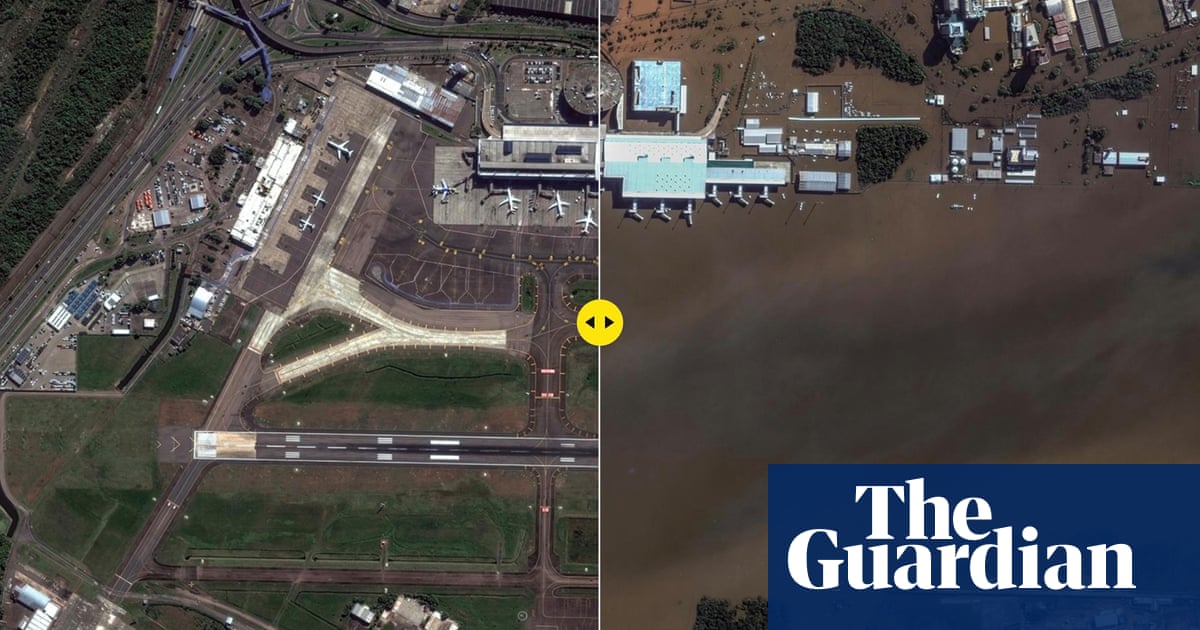
Over 65 nightmarish seconds of the pre-dawn hours of 6 February 2023, the ground swallowed swathes of entire cities across south-east Turkey resulting in more than 50,000 deaths.
Bridges collapsed, roads and airport tarmacs cracked and millions of lives across 11 Turkish provinces were upturned by the time the rest of the country woke up, stunned.
The initial 7.8-magnitude earthquake shook the ground as far away as Egypt. A year later, hundreds of thousands of people remain displaced, many living in container cities, while the rest of the quake-prone country waits in fear for the next big shake.
More than 850,000 buildings crumbled in the initial quake and the thousands of aftershocks that followed, including one of 7.5-magnitude that afternoon.
In the Syrian border province of Hatay, where the ancient city of Antioch – now called Antakya – formed the cradle of Muslim and Christian civilisations, only 250,000 of the original 1.7 million inhabitants remain.
The disaster put enormous political pressure on President Recep Tayyip Erdoğan, who faced re-election that year. Responding to criticism that rescuers were too slow to react, leaving many initial survivors trapped under rubble in the freezing cold, the veteran leader promised to build 650,000 housing units within a year.
Eleven months later, the construction of 307,000 housing units has been launched, of which 46,000 have been delivered, according to environment and urbanisation ministry data.
In the meantime, families that chose to stay in the disaster zone and were unable to find accommodation have been housed in metal container homes the size of small studios. The containers have access to free running water and power, offering safety and warmth, but families have few surviving possessions and their immediate prospects are unclear.
The Hatay region lost the same amount of buildings in seconds as it usually takes a decade to build, an Economic Policy Research Foundation of Turkey (Tepav) report found.
In Adiyaman province, at the opposite end of the quake zone, 40% of the buildings collapsed.
“The earthquake will create a financing need of approximately $150bn [£118bn] over a five-year period,” the economic policy institute said in a comprehensive report. “The cost of reconstruction and rehabilitation will have a significant and long-term negative impact on the Turkish economy.”
The affected region was already under intense economic strain, being home to half of the 3.7 million refugees who fled civil war in neighbouring Syria.
The instant collapse of so many buildings in one of the world’s most earthquake-prone regions points to the greed of unscrupulous property developers and corruption among bureaucrats who signed off on unsafe building projects, experts say.
In two of the more egregious examples, nearly all 22 buildings in one high-rise complex collapsed in Kahramanmaraş, claiming 1,400 lives, and hundreds more died when a luxurious Renaissance-style residence crumbled in Antakya.
In the handful of wilful negligence cases opened so far, officials have avoided prosecution, with the focus instead being on contracts. Meanwhile, Turkey is no better prepared for another earthquake than it was one year ago, experts say.












